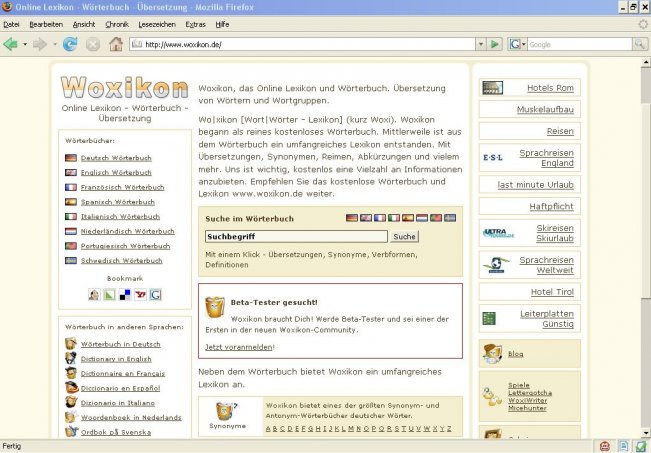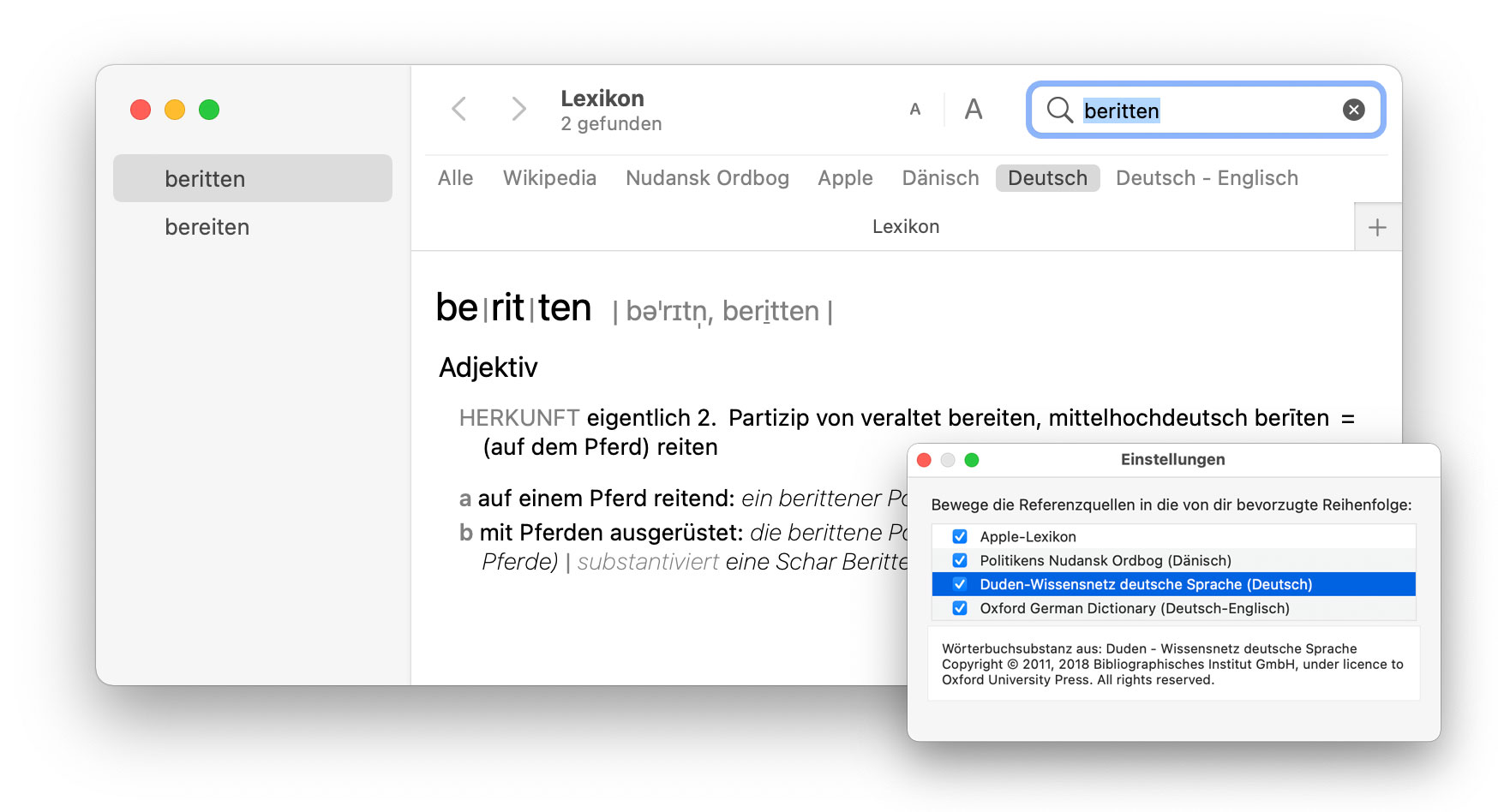

#App deutsche rechtschreibung for mac software
Now, in your calt Contextual Alternates feature code, replace Germandbls with germandbls.Hunspell is the spell checker of LibreOffice,, Mozilla Firefox 3 & Thunderbird, Google Chrome, and it is also used by proprietary software packages, like macOS, InDesign, memoQ, Opera and SDL Trados. Once you press the Generate button, you will have a component-based copy of your capital sharp S. So, you can just take sub germandbls by Germandbls instead, and get away without duplicating the glyph. In practice, it does not seem to matter anymore. calt variant and the uppercase character superfluous. Some type designers and font engineers, including me, find this differentiation between the lowercase. Then, in File > Font Info > Features, add an Uppercase class, and a calt Contextual Alternates feature: First, make sure you have both glyphs in your font. It is better supported than locl and even works in environments that do not support language assignment-as well as for end users who do not know or care about language settings. That’s why I suggest to implement it in calt Contextual Alternates instead. However, since this also (or even mainly) applies to proper names, and orthographically, the sharp ß only appears in German anyway, it is not wise to limit the scope of the feature to the German language. Theoretically, one would tend to put the OpenType substitution into locl Localized Forms under a DEU German language code. We could turn germandbls (lowercase ß) into Germandbls (uppercase ß) between other uppercase letters. OpenType solutionĮnter OpenType features. So before you go on to design your Germandbls, scan the resources at the end of this page for useful clues. What makes things worse is that there is not even any agreement about what a capital ß should look like. And it is even less likely that a majority of users will be able or willing to differentiate between uppercase and lowercase ß. It’s not very likely that this is going to change anytime soon. The only problem we have now is that this letter cannot be typed on most keyboard layouts. In Glyphs, you simply add a glyph called Germandbls (note the capital G) to your font.
#App deutsche rechtschreibung for mac code
Capital ß and its practical problemsĪ couple of years ago, Unicode introduced LATIN CAPITAL LETTER SHARP S at the code point U+1E9E. This was (and to my knowledge, still is) the case in passports and ID cards in Germany, Austria and Italy. In other words, we have a good reason to put capital sharp S into our fonts.Ī collateral damage of the lack of a cap sharp S was that proper names containing an ß could not be written and displayed properly in situations where all-cap spelling was mandatory.

If you set a word like ‘Straße’ (‘street’) in uppercase or small caps, you used to spell it ‘STRASSE’, i.e. Until recently, there was no uppercase version of ß in German orthography. In Switzerland and Liechtenstein, the ß has been abolished altogether, and ss is always used instead of ß there. Think of typewriters, encodings or fonts that do not include it. If, for whatever reason, the ß is not available, you replace it with ss. In medieval texts, you may also occasionally spot it after y. That is, unless it shows up in an abbreviation, like ‘Rßf.’ for ‘Rußfilter’ (zoot filter), but that is rare.

This is important to note: in modern German orthography, ß can only appear after a, e, i, o or u. After a long vowel or diphthong, you would use ß, e.g., reißen, außen, Stoß, Fuß (rip, outside, push, foot). This is not an exception, but completely in line with other orthographic rules, or, more generally put, any double consonant only ever appears after a short vowel in German. After a short vowel, you would use ss, e.g., Tasse, Biss, Schloss, Kuss (cup, bite, castle, kiss). In modern German orthography, both ß and ss denote the exact same sound: an unvoiced (or ‘sharp’) s. However, the need of representing a voiceless s sound in German, and hence, the origins of the sharp s date back much further. And especially in late-nineteenth century blackletter typecasting, shapes of the z and the right half of ß were often synced.

And indeed, ‘SZ’ historically was a fairly common surrogate spelling for ß in all-cap writing, at least in some regions. The name implies it were a combination of s (‘es’ in German) and z (‘zett’). In the northern half of Germany, the name ‘Eszett’ for ß is in widespread use.


 0 kommentar(er)
0 kommentar(er)
